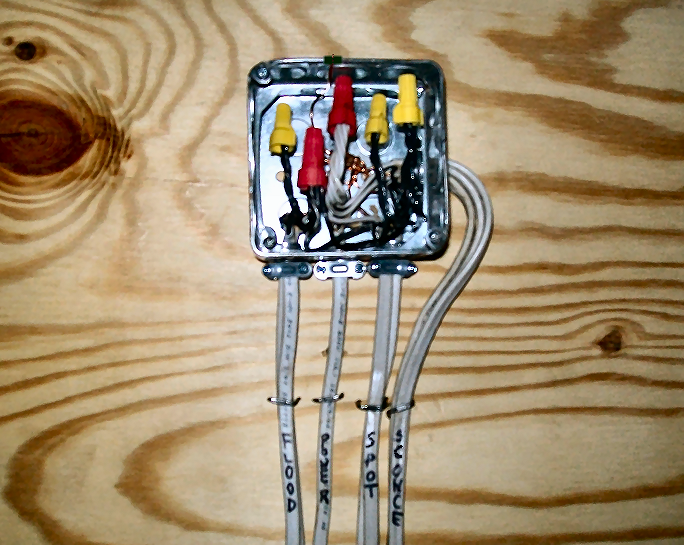I think you make a good point and here is a little known fact: thermal magnetic breakers can successfully provide arc fault protection. The concept is even recognized and permitted by the NEC in 210.12 A (3).
The supplemental arc protection circuit breakers mentioned in 210.12 A (3) are listed under UL489e (molded case breakers) rather then UL1699 (AFCIs) since they have the same operating characteristics as a standard thermal magnetic breaker except a requirement for having a known magnetic trip level.
[/FONT][/FONT]
Again, Vour kind comments are appreciated. The following is another one of my long winded posts but never the less there may some merit.
My concern about arc faults is that term is not specific enough, a bit ambiguous.at best.
So often an arc will not draw enough current to approach the magnetic trip pickup of a TM breaker. And I am also to understand that the current goes down as the impedance of the arc increases the longer it persists. Am I correct? Arcs are not a good thing as they are unpredictable often not conducting enough current to trip a TM breaker. And to draw enough current trip a breaker thermaly would be would not be reasonable.
The only place in the NEC that I can think of that time tyo address faults is art 430 with mag only breakers as a part of a combo starter.
The OLR element/adjustment is a thermal element that protects the motor from an overload condition. The mag only breaker is described to provide ground fault protection interesting enough ref art 430-52. Mag only breakers in this application are referred to as MCPs, motor "circuit" protects who's job is to protect the motor circuit. MCPs were originally invented by Westinghouse to deduct the incidence of fires as a result of a failing motor which the commonly used fuse did a very poor job of preventing. Knowing that the LRA of the common motor is about 7x the FLA and that the inrush magnetizing current may be as much a 13x the FLA if we adjust the mag pickup just outside of those currents as to not cause nuisance tripping we can get close enough to a point where should one one the motor winding fasil and go to ground the fault can be sensed by the MCP and trip preventing the arc from escalating into a phase to phase fauld an a catastrophic failure.
I would !like to see this concept used in branch circuit protection but it is of my opinion that it would be difficult at best unless the mag mag calibration be reviewed.
What it boils down to is load center breaker have to be made very , very cheaply. As such it has been my experience with the product that I supported that they are made in groups such as 15, 20, and 30at have the same mag pickup because it would be cost prohibited to calibrate them separately.
The only manufacturer that I'm aware of that has reduced the mag calibration of their standard breaker is SqD while providing an optional highmag, the highmag I found to be the same as the C-H standard breaker, C-H offering an optional lowmag similar to SqDs std breaker which is something your mother never taught you I bet.
I do think that tasking a good look at the mag calibration of the 3/4 and 1" per pole breakers should be evaluated.


